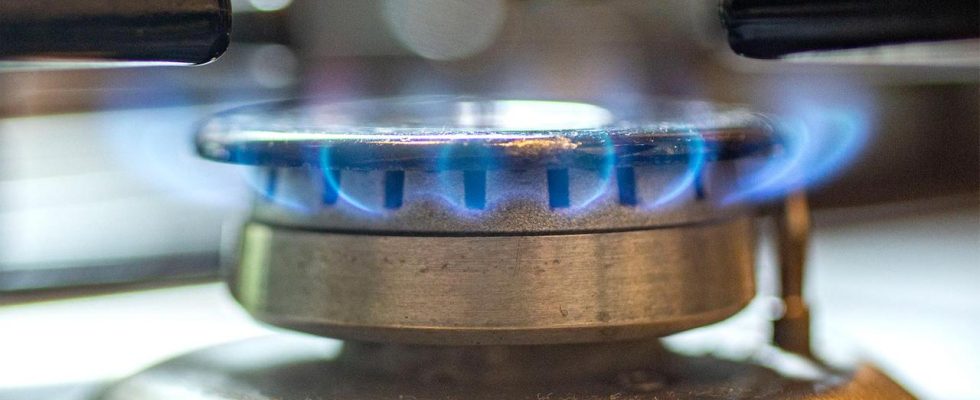The price of natural gas in Europe has recently fallen significantly – although LNG tankers are also prevented from crossing the Red Sea towards Europe. But the storage facilities in this country are well filled.
Natural gas is cheaper than it has been for a long time: At the beginning of the week, the price of natural gas in Europe had fallen below the 30 euros per megawatt hour (MWh) mark for the first time in almost five months. The trend-setting futures contract TTF for delivery in one month on the Amsterdam stock exchange continued to fall in the morning and currently costs 29.45 euros.
The price of natural gas has fallen by more than 40 percent over the past year. At the beginning of 2023, a megawatt hour was still trading at more than 60 euros, and shortly after the start of the war in Ukraine in 2022, at times even more than 300 euros were due.
Tankers are attacked in the Red Sea
The start of the war in the Middle East also caused raw material prices to rise again; at the beginning of October, a megawatt hour of natural gas temporarily cost over 50 euros again. The ongoing attacks by the Houthi rebels in the Red Sea in particular could become a burden in the long term, as LNG tankers from Qatar that are on their way to Europe also have to cross the Red Sea.
A few days ago, tankers coming from Qatar stopped off the coast of Oman to avoid coming under fire. According to information from the Reuters news agency, they are now on their way again – but the arrival dates in Europe are likely to be delayed. However, this has not yet been reflected in higher prices on the markets, mainly because of the well-filled storage facilities.
In fact, it was already possible to fill the gas storage facilities to 100 percent at the beginning of November. And the storage facilities in Germany are still very full: According to current data from the Federal Network Agency, the filling level was 83.8 percent last Saturday, which is comparatively high for the cold season.
More than 40 percent from Norway
The European natural gas price has recovered not only because of well-filled storage facilities, but also because Germany and other EU states have managed to replace gas from Russia, which supplied most of the gas supplies to Germany before the start of the war in Ukraine had made out.
The majority of the gas imported into Germany now comes from Norway: in 2023, around 43 percent of gas imports came from there, 26 percent from the Netherlands and 22 percent from Belgium. This emerges from current data from the Federal Network Agency.
Four terminals at the start, fifth under construction
LNG is also becoming increasingly important in gas imports: last year, around seven percent of total German gas imports were delivered as LNG. Four systems are now active in German ports in this country: the liquid gas terminals in Wilhelmshaven, Lubmin, Brunsbüttel and Stade.
A fifth terminal is also to be built in the port of Mukran on Rügen: First, a special ship is to be stationed in the industrial port of Mukran, which will convert the liquid natural gas delivered by tankers back into gas and deliver it to Lubmin via the 50 kilometer long underwater pipeline off Rügen. There the gas would then be fed into the German gas network.
Protests against new LNG terminal
However, representatives of BUND, NABU, WWF and Umwelthilfe consider this gas landing station on the east coast of Rügen to be unnecessary and harmful. Since the plans became known about a year ago, environmentalists have been opposing the construction project because, in their opinion, it puts too much strain on the ecologically sensitive coastal region.
Citizens’ initiatives and representatives of the tourism industry also reject the project. In addition to concerns about environmental protection, the associations criticize that existing delivery routes via gas pipelines and existing terminals on the North Sea would be sufficient to cover gas demand in Germany.

